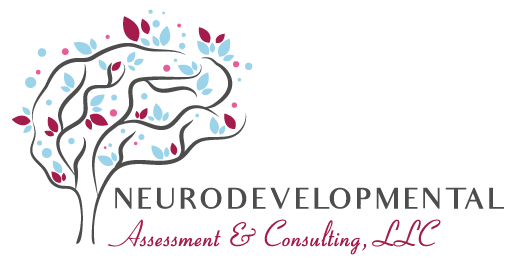Hard work is a value that is often celebrated and rewarded in American culture. The notion that anyone can do anything that they want as long as they work hard is an ingrained belief for American society. But what happens when working hard simply isn’t working? Many children and adults with learning or developmental differences work hard but do not always see the types of outcomes that they expect. They may spend exorbitant amounts of time studying, reading, reviewing, getting tutoring, and still perform more poorly than they expect on tests and exams. They may feel that their grades don’t reflect the amount of effort they have put in to trying to learn the material. They may feel overwhelmed by the process of learning. Over time, some individuals develop anxiety around studying and feel guilty spending time in any activity that is not studying. Other individuals may become frustrated and burnt out by repeated failures, leading to diminished effort. However, learning often does not need to be such a labor intensive, frustrating, and seemingly unsolvable problem. For many individuals with learning and developmental differences, learning strategies to work smarter and more efficiently is going to be much more effective than simply putting in more time using an inefficient or ineffective approach. And the earlier these strategies are implemented, the more they can prevent subsequent poor outcomes.
Working smarter and more efficiently starts with a comprehensive understanding of a person’s strengths and weaknesses and how those strengths and weaknesses impact the learning process. Many factors can affect how well someone learns, including his or her underlying cognitive and reasoning capacities, as well as the demands and expectations of the learning environment. In addition, factors such as attention, behavioral and emotional regulation, and social skills can all impact how well a person learns. Health and environmental factors, such as a neurological condition or living in poverty, can impact learning. A comprehensive evaluation conducted by a psychologist or neuropsychologist can help to clarify where a person is struggling and the factors that are impacting their difficulties.
Take reading problems, for example. For one student, problems with attention make it difficult for her to pay attention to what she is reading. She tends to speed through without taking time to focus on getting the main idea. Another student has dyslexia; his brain has a hard time understanding and making connections between sounds and symbols. As a result, he often misreads information and reading is much slower and more effortful for him. Another student is highly anxious and re-reads sections of text over and over to make sure she hasn’t missed anything. A fourth student is so overwhelmed by sensory stimuli in the environment that he cannot effectively focus his attention on the reading material given to him. A fifth student missed breakfast this morning and is wondering when it will be lunch time. Another student has a sick parent at home and is worried about them. In the classroom, it may appear that all of these students are struggling with reading. But the underlying source of their difficulties is very different and requires very different types of intervention. Working harder may help some of these students, though it will not address the underlying difficulties for many of them.
Once an individual’s learning strengths and weaknesses have been identified, specific areas of weakness can be more directly targeted. Without a comprehensive evaluation and understanding of a person’s learning, interventions and strategies may be implemented that do not effectively address the underlying areas of weakness or build on areas of strength. As a result, time may be spent trying lots of different types of interventions with minimal levels of success, rather than focusing on those strategies that are most likely to be helpful for that particular person. In the meantime, the person may continue to struggle with learning and fall further behind. Emotionally, they may become frustrated, angry, depressed, anxious, or unmotivated. Family members and teachers may see the student as lazy, a behavior problem, or disinterested in learning. The student may get the message that if they would only work harder, they would do better; yet, their hard work may go unrecognized and be overlooked. They may be spending lots of time using a strategy that doesn’t work for them or they may give up entirely because they don’t know what strategy will work or help. Early recognition and accurate identification of difficulties through a comprehensive evaluation can help to prevent, or at least reduce, these secondary difficulties. An individual can then employ his or her hard work, motivation, and dedication in a much more intentional, effective, and rewarding way.

